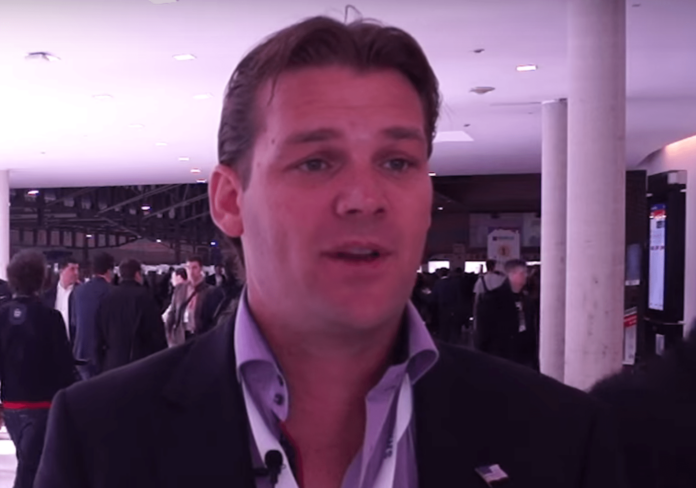Boingo transforming from infrastructure provider to managed services provider
Mobile World Congress was decidedly a “5G”-oriented show, but Boingo Wireless CTO Derek Peterson was on hand to emphasize the long-term importance of Wi-Fi to the telecom ecosystem.
In an exclusive interview with RCR Wireless News, Peterson discussed Wi-Fi and LTE offload, the role of Wi-Fi in the “Internet of Things” and some of Boingo’s priorities for 2016.
In conjunction with Qualcomm, Boingo demonstrated venue-based LTE offload during Mobile World Congress.
“This of it as a neutral host or a venue being able to provide LTE inside that venue,” Peterson said. “Just like with Wi-Fi, you walk into the venue, you’re offloading, or you’re taking traffic through Wi-Fi. You can do the same with LTE utilizing either the 3.5 GHz or 5 GHz spectrum [bands]. As you walk out of the venue, you go back to your standard LTE. Small cells moving along these opportunities for these venues to start providing LTE is fascinating.”
Peterson also commented on the role of Wi-Fi in “Internet of Things” applications, particularly given the increasing interest around cellular-based IoT, specifically narrow-band IoT.
“The key thing is no matter which IoT gateways you use … you still want to get that IoT device centralized and the information back to some centralized system,” Peterson explained. “Wi-FI plays an important role as kind of that backhaul channel as well, to be able to give you a way to get all that data back.”
In 2016, Peterson said Boingo will continue to transition from being an infrastructure provider to a managed services provider around small cells, distributed antenna systems and Wi-Fi.
“The convergence of networks, including the IoT space, is a very important part of the work we’re doing,” he said. “We’re making a transition from being just a wireless infrastructure provider in 2016 to being what we call being a managed service provider for the venue. It’s about trying to help the venues understand all the connectivity options they have and being able to manage them all from a centralized console.”

